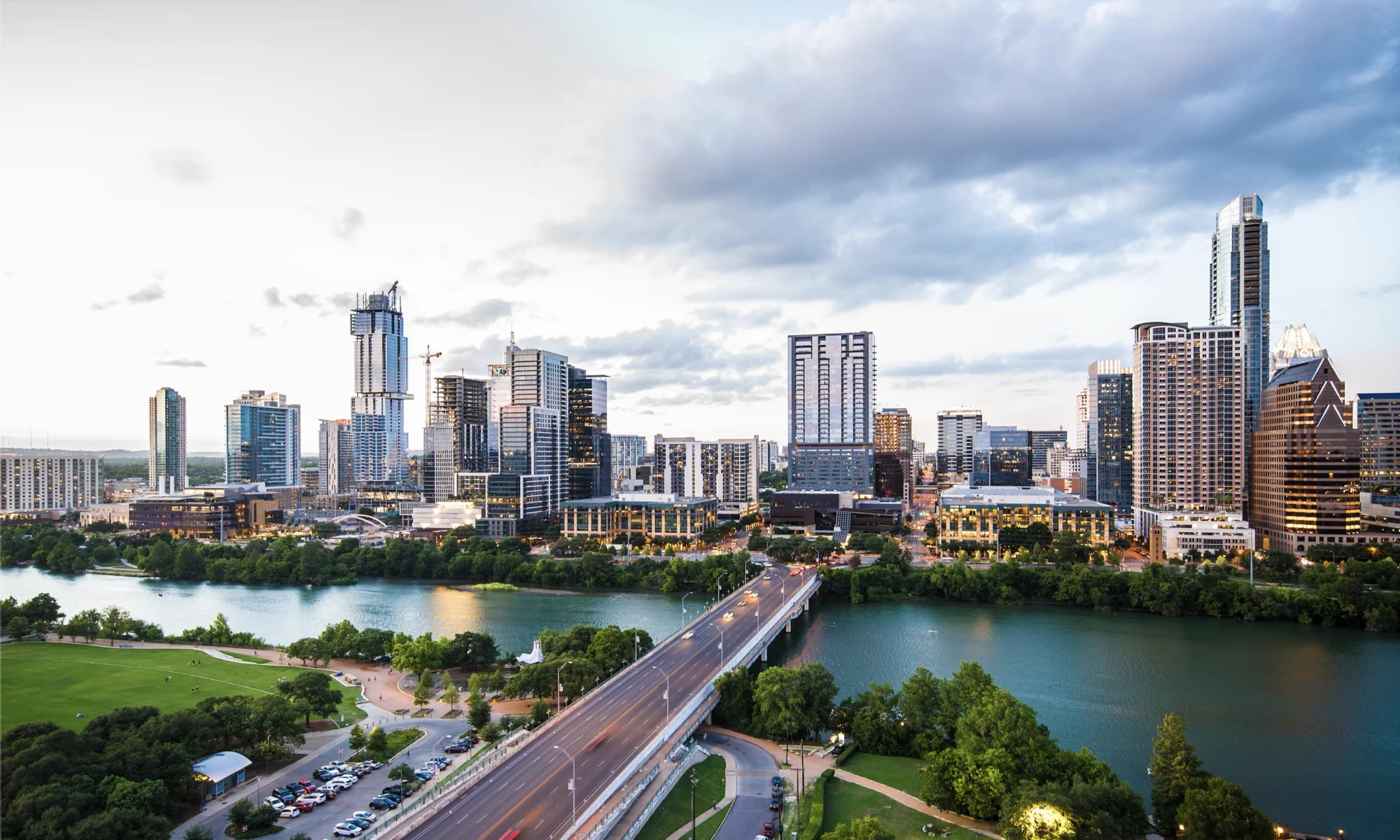AURA membership voted on our 2022 endorsements for Austin mayoral candidates and City Council candidates, as well as ballot propositions for Austin, Austin ISD, and Austin Community College.
These endorsements represent the choices AURA members thought were most aligned with AURA’s vision for an Austin for Everyone, with abundant, affordable housing and transportation designed for people, not just cars.
Endorsements
Austin City Council
Endorsed candidates are listed first. In parentheses, we have runners-up candidates who will be automatically endorsed if there is a runoff election where the endorsed candidate did not make the runoff. See below for an explanation of the endorsement process.
- Mayor: Celia Israel
- District 1: Natasha Harper-Madison
- District 3: José Velásquez (Daniela Silva)
- District 5: Stephanie Bazan (Ryan Alter)
- District 8: Paige Ellis
- District 9: Zohaib “Zo” Qadri (Tom Wald, Ben Leffler, Joah Spearman)
Forums & Questionnaire
To give members and the public a chance to hear from candidates on housing and transportation issues, AURA hosted several forums and asked candidates to complete a questionnaire. Links to forum recordings:
- Mayoral Conversation (ft. Celia Israel & Kirk Watson)
- District 3 Candidate Forum (ft. Bertha Rendon Delgado, Daniela Silva, José Velásquez, & Yvonne Weldon)
- District 5 Candidate Forum (ft. Ryan Alter, Stephanie Bazan, Ken Craig, Aaron Webman, & Bill Welch)
- District 9 Candidate Forum (ft. Ben Leffler, Zohaib “Zo” Qadri, Joah Spearman, & Tom Wald)
- District 9 Virtual Candidate Forum (ft. Linda Guerrero, Ben Leffler, Zohaib “Zo” Qadri, Greg Smith, Joah Spearman, & Tom Wald)
Endorsement Process
Early Endorsements
Earlier this year, we had an early endorsement election for the two incumbent seats in Districts 1 and 8 that required a 3/4s majority of members to approve the incumbents for them to get our nomination.
Regular Endorsements
For the open City Council seats, we used a ranked voting system in which we asked members to rank any candidates that they would be happy to see endorsed by the organization, so being ranked on a ballot was also an approval vote.
The highest ranked candidate in each race is endorsed, but any candidate who got a 50% approval from our members is named a “preferred” candidate and will be automatically endorsed if our endorsed candidate is not in the final election runoff.
We did this because many races had multiple candidates with great platforms that we knew would be popular with our members and likely lead to close races, and that certainly held true. Many of the races were very close, with a handful of votes separating the endorsed from preferred candidates.

